Brew Install Python 2.7
Python is one of the most popular programming languages in the world, known for its simplicity and versatility. While Python 3.x is the latest version with numerous improvements and features, some developers may still require Python 2.7 for compatibility or legacy reasons. In this article, we will guide you through the process of installing Python 2.7 using Homebrew on macOS, as well as cover common troubleshooting issues.
Installing Homebrew
Before we dive into the Python installation process, it’s important to understand the role of Homebrew. Homebrew is a package manager for macOS that allows you to easily install, update, and manage various software packages. To install Homebrew, open your Terminal and execute the following command:
“`
/bin/bash -c “$(curl -fsSL https://raw.githubusercontent.com/Homebrew/install/HEAD/install.sh)”
“`
This command will download and install Homebrew on your system.
Updating Homebrew
Once you have Homebrew installed, it’s a good practice to keep it up to date. Run the following command to update Homebrew to the latest version:
“`
brew update
“`
This command will fetch the latest version of Homebrew and update it on your system.
Installing Python 2.7 using Homebrew
Now that you have Homebrew installed and updated, you can proceed with installing Python 2.7. Open your Terminal and run the following command:
“`
brew install python@2
“`
This command will instruct Homebrew to fetch and install Python 2.7 and its dependencies. The installation process may take a few minutes, depending on your internet connection speed.
Checking the installed version of Python
After successful installation, you can verify the installed version of Python by running the following command:
“`
python2 –version
“`
This will display the version number of Python 2.7 installed on your system.
Configuring the PATH environment variable
To ensure that your system recognizes the Python 2.7 installation, you need to configure the PATH environment variable. The PATH variable tells the system where to find executables when you run a command. To add Python 2.7 to your PATH, open your Terminal and run the following command:
“`
export PATH=”/usr/local/opt/python@2/bin:$PATH”
“`
This command prepends the Python 2.7 binary directory to your PATH, allowing you to use it in your Terminal session. If you want to make this change permanent, you can add the command to your shell configuration file (e.g., `.bash_profile`, `.zshrc`, etc.).
Uninstalling Python 2.7
If, for any reason, you decide to uninstall Python 2.7 installed via Homebrew, you can do so by executing the following command:
“`
brew uninstall python@2
“`
This will remove Python 2.7 and its related packages from your system.
Troubleshooting and Common Issues
1. “Error: No available formula with the name ‘python@2′”
If you encounter this error during the installation, it might indicate that the Python 2.7 formula is no longer available in the default Homebrew repository. In such cases, you can try tapping into an alternative repository by running the following command:
“`
brew tap-new
brew extract python@2
brew install
“`
Replace `
2. “Python 2.7 not found in PATH”
If you receive this error after installing Python 2.7, it means that the PATH environment variable is not properly configured. Check your configuration and make sure the following line is present in your shell configuration file:
“`
export PATH=”/usr/local/opt/python@2/bin:$PATH”
“`
3. “Executable ‘python2’ not found in ‘/usr/local/opt/python@2/bin'”
In certain cases, the `python2` executable may not be symlinked correctly. You can fix this issue by running the following command:
“`
brew link –overwrite python@2
“`
This will re-establish the necessary symlink for the `python2` executable.
In conclusion, installing Python 2.7 using Homebrew provides a convenient and straightforward method for managing the installation process. Remember to update Homebrew regularly and keep your system up to date. Configuring the PATH environment variable correctly ensures smooth usage of Python 2.7. In case of any issues, refer to the troubleshooting steps outlined in this article.
FAQs:
Q: Can I have both Python 2.7 and Python 3.x installed on my system?
A: Yes, you can have multiple Python versions installed simultaneously. However, it is important to properly manage your environment and dependencies to avoid conflicting packages.
Q: Can I install Python 2.7 without using Homebrew?
A: Yes, you can manually install Python 2.7 from the official Python website or use alternative package managers like pyenv or Anaconda.
Q: Why should I use Homebrew for Python installation?
A: Homebrew simplifies the installation process, manages dependencies, and allows for easy upgrades and uninstalls. It is a widely adopted package manager for macOS.
Q: Can I switch between Python versions after installation?
A: Yes, Homebrew allows you to manage multiple Python versions and switch between them using the `brew switch python@2` command.
Q: Is Python 2.7 still supported and maintained?
A: No, Python 2.7 reached its end-of-life on January 1, 2020. It is recommended to migrate to Python 3.x for ongoing support and updates.
How To Install Python 2.7 On Windows 10. Python Installation Windows Tutorial
How To Install Python 2.7 On Linux?
Python, a high-level programming language known for its simplicity and readability, is widely used on various platforms, including Linux. While newer versions of Python, like Python 3, have been introduced, Python 2.7 is still used by many developers and organizations. In this article, we will guide you through the installation process of Python 2.7 on Linux.
Why use Python 2.7 on Linux?
Although Python 3 has become the standard, many projects and libraries still rely on Python 2.7. Legacy code, dependencies, and compatibility issues are some of the reasons that make using Python 2.7 necessary in some cases. Additionally, Linux distributions, especially the older versions, might come preinstalled with Python 2.7, making it a practical choice for those who prefer to work with the default installation.
Step-by-step installation process:
1. Check if Python is already installed.
Open a terminal and type “python –version” or “python -V” (without the quotes) to verify if a version of Python is already installed on your Linux system. If Python 2.7 is detected, there is no need to install it again. However, if no version is displayed or if it is a different version, proceed to the next steps.
2. Update the package manager.
To ensure your system is up to date, run the following command in the terminal:
sudo apt-get update
This command updates the package list of your system. By doing this, you guarantee that the latest version of Python 2.7 will be installed.
3. Install Python 2.7.
Run the following command in the terminal to install Python 2.7:
sudo apt-get install python2.7
4. Verify the installation.
Once the installation process is complete, verify if Python 2.7 has been installed successfully by running the “python –version” command again. The terminal should now display “Python 2.7.X”, where X represents the version number.
5. Set Python 2.7 as the default version (optional).
If you want to set Python 2.7 as the default version on your Linux system, you need to change the default symlink. This step is optional but can be helpful to avoid any conflicts with other versions of Python.
Run the following commands in the terminal:
sudo rm /usr/bin/python
sudo ln -s /usr/bin/python2.7 /usr/bin/python
Frequently Asked Questions (FAQs):
Q1. How can I verify the installation was successful?
To verify the installation, open a terminal and type “python –version” or “python -V” (without the quotes). This will display the installed version of Python, which should be “Python 2.7.X” if the installation was successful.
Q2. Is it necessary to update the package manager before installing Python 2.7?
Yes, updating the package manager ensures that you have the latest version of Python 2.7 available for installation. It is recommended to run “sudo apt-get update” before installing any software to maintain system security and stability.
Q3. Can I have multiple versions of Python installed simultaneously?
Yes, it is possible to have multiple versions of Python installed on your Linux system. However, it is crucial to manage and set the appropriate version as the default to avoid any conflicts. The steps to set the default version may vary depending on the distribution you are using.
Q4. Can I switch between different Python versions?
Yes, you can switch between different Python versions on Linux. However, if you want to permanently switch versions, you will need to change the default symlink by following the steps mentioned in our installation guide.
Q5. What if I encounter issues during the installation process?
If you face any issues during the installation process, it is recommended to consult the official documentation of your Linux distribution or seek help from the community. Troubleshooting Python installation issues often depends on the specific distribution and version you are using.
In conclusion, installing Python 2.7 on Linux is a straightforward process that can be completed in just a few steps. By following the installation guide provided in this article, you can confidently set up Python 2.7 and take advantage of its functionalities on your Linux system. Remember to verify the installation and, if needed, set Python 2.7 as the default version to ensure compatibility and avoid conflicts with other Python installations.
Why Is Python 2.7 Not Installing On My Mac?
Python is a widely used programming language known for its simplicity and readability. Python 2.7, although an older version, is still preferred by some developers due to its compatibility with legacy systems. However, installing Python 2.7 on a Mac can sometimes be a challenging task, as users may encounter various issues preventing a successful installation. In this article, we will explore some common reasons why Python 2.7 might not be installing on your Mac and provide possible solutions to overcome these obstacles.
1. Compatibility Issues:
One possible reason for the installation failure could be compatibility issues between Python 2.7 and your Mac’s operating system. Python 2.7 is not officially supported on macOS Catalina (10.15) or later since Apple deprecated support for 32-bit applications. In such cases, you may experience difficulties installing Python 2.7 directly on your Mac.
Solution:
If you wish to stick with Python 2.7, you could consider using a virtual environment or a package manager like Homebrew to install an earlier macOS version that supports Python 2.7. Alternatively, you may want to consider using Python 3.x, the latest stable version of Python, which is still widely supported and actively maintained.
2. Existing Python Installs:
Another common issue people face is having multiple versions of Python installed on their Mac, which can cause conflicts during the installation process. The presence of another Python version, especially Python 3.x, can create complications while trying to install Python 2.7.
Solution:
You can check the installed Python versions by opening the Terminal and running the command “python –version” or “python3 –version.” If you find an existing Python version conflicting with the installation of Python 2.7, it’s recommended to uninstall or manage those installations to prevent conflicts. Utilizing virtual environments can help isolate different versions of Python and avoid conflicts.
3. Insufficient Permissions:
Sometimes, inadequate permissions can hinder the installation of Python 2.7 on a Mac. The lack of necessary rights to access certain directories or files can prevent the installation process from completing successfully.
Solution:
Ensure that you have administrative rights on your Mac. If you are not the administrator, contact the person who has administrative privileges and ask them to install Python 2.7 for you. Alternatively, you can try running the installation process using the “sudo” command in the Terminal for elevated permissions.
4. Corrupted or Incomplete Installation File:
Occasionally, an incomplete or corrupted installation file can cause installation issues. If the downloaded file is modified or damaged during the download process, the installation may fail or result in an unstable Python installation.
Solution:
To avoid this, ensure you download Python 2.7 from an official source, like the Python website (www.python.org). Verify the integrity of the downloaded file by checking its MD5 checksum or comparing the file’s cryptographic hash value with the one provided by the official source.
FAQs:
Q: Can I have both Python 2.7 and Python 3.x installed on my Mac simultaneously?
A: Yes, it is possible to have multiple versions of Python on your Mac. Using virtual environments or package managers can help you manage different installations simultaneously without conflicts.
Q: Is it recommended to use Python 2.7 for new projects?
A: No, Python 2.7 reached its end of life on January 1, 2020. Although it is still used in some legacy systems, it is recommended to use Python 3.x for new projects, as it offers numerous enhancements, bug fixes, and better support from the Python community.
Q: Should I downgrade my macOS to install Python 2.7?
A: Downgrading your macOS solely for the purpose of installing Python 2.7 is not recommended. Instead, consider using virtual environments or package managers to manage multiple versions of Python or switch to Python 3.x, which is widely supported on newer macOS versions.
Q: Why do I need Python 2.7 if Python 3.x is available?
A: Some older systems and applications may still rely on Python 2.7 for compatibility reasons. Additionally, if you are working on an existing project that uses Python 2.7, you may need to stick with it.
In conclusion, installing Python 2.7 on a Mac can be tricky due to compatibility issues with newer macOS versions, conflicts with existing Python installations, insufficient permissions, or corrupted installation files. However, by following the solutions provided, such as using virtual environments, managing Python versions, verifying file integrity, or considering the switch to Python 3.x, you can overcome these obstacles and successfully install Python 2.7 on your Mac if necessary.
Keywords searched by users: brew install python 2.7
Categories: Top 50 Brew Install Python 2.7
See more here: nhanvietluanvan.com
Images related to the topic brew install python 2.7

Found 14 images related to brew install python 2.7 theme






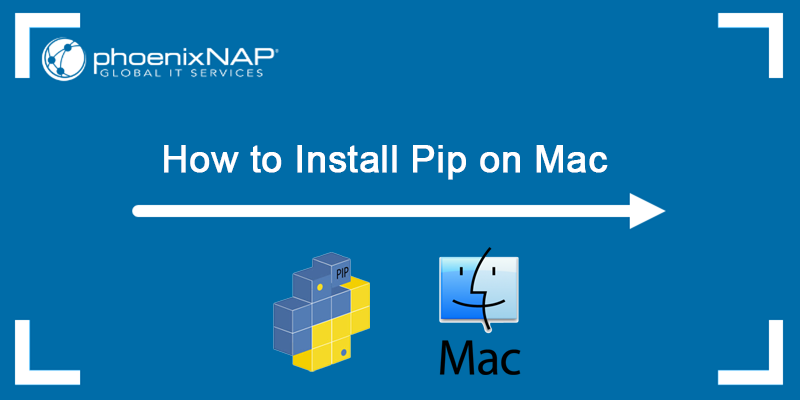





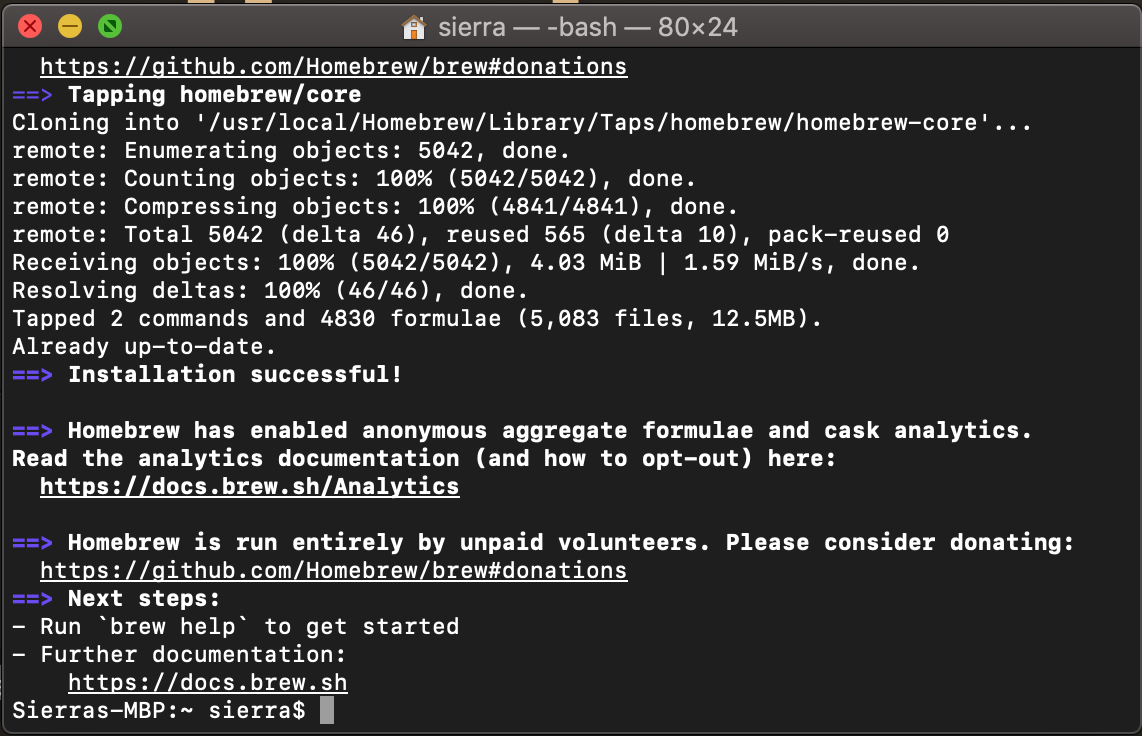

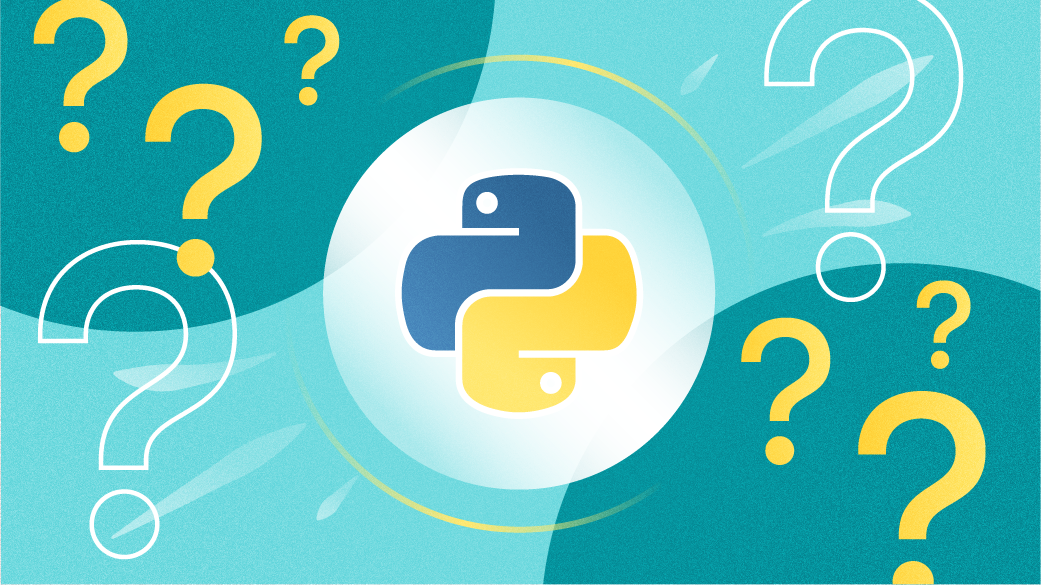





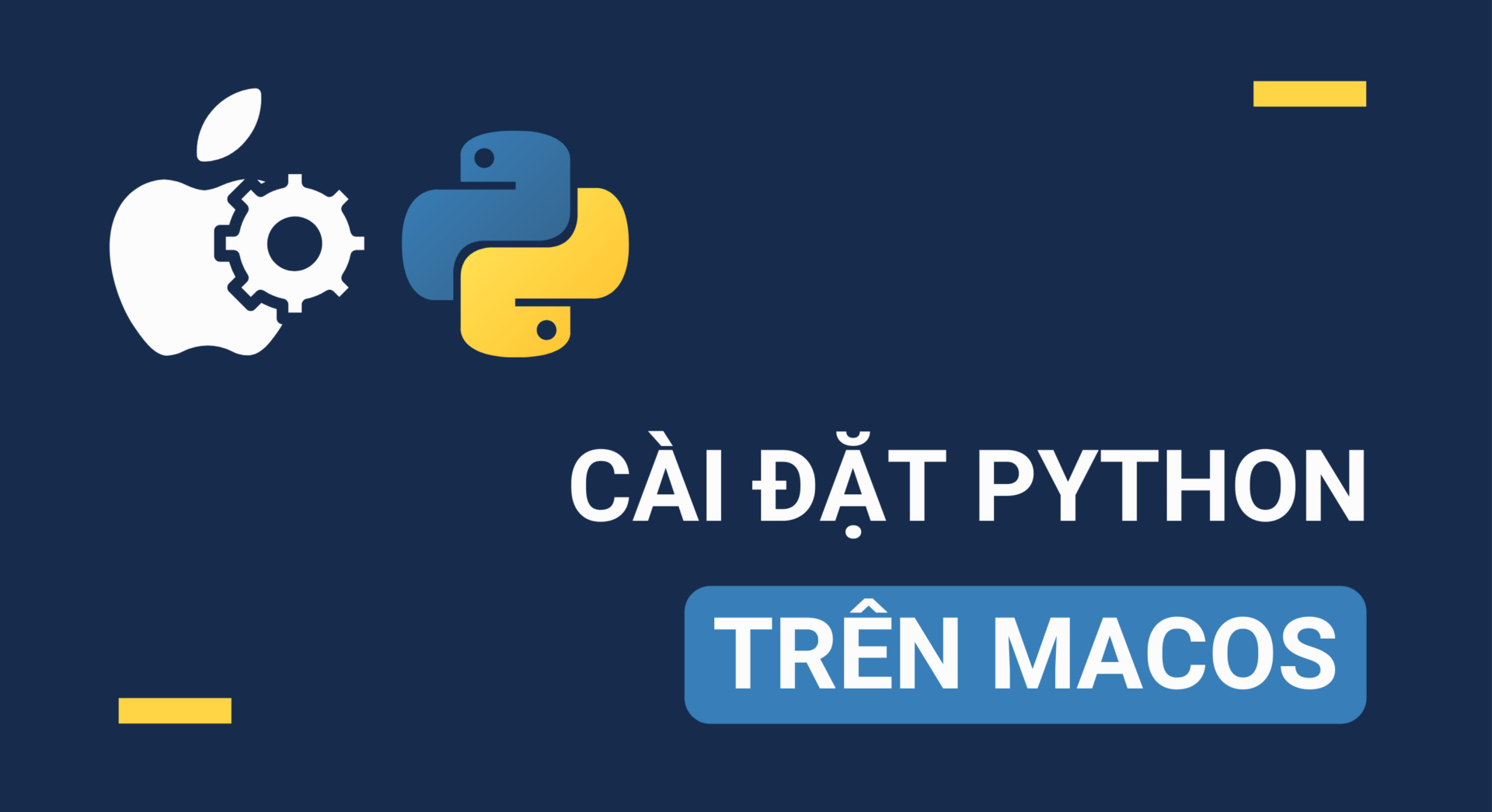


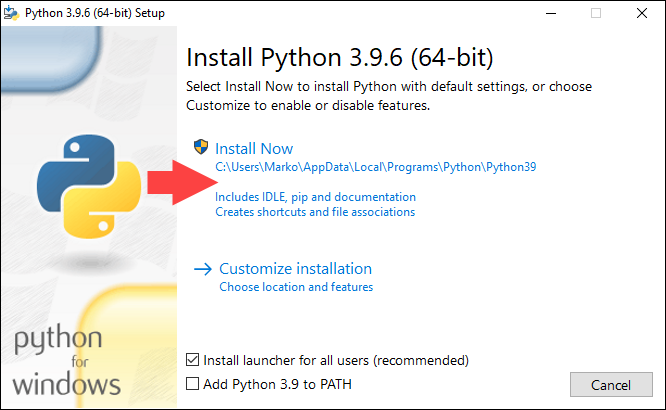


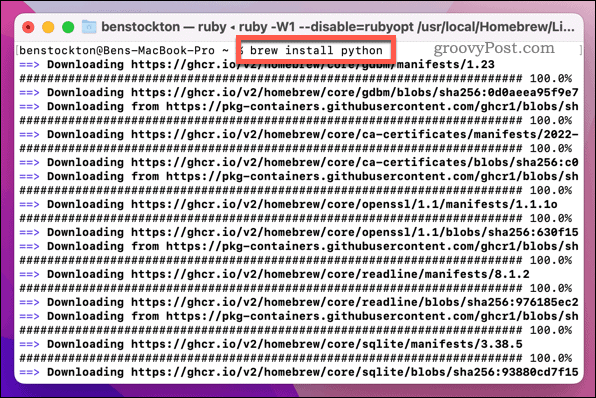

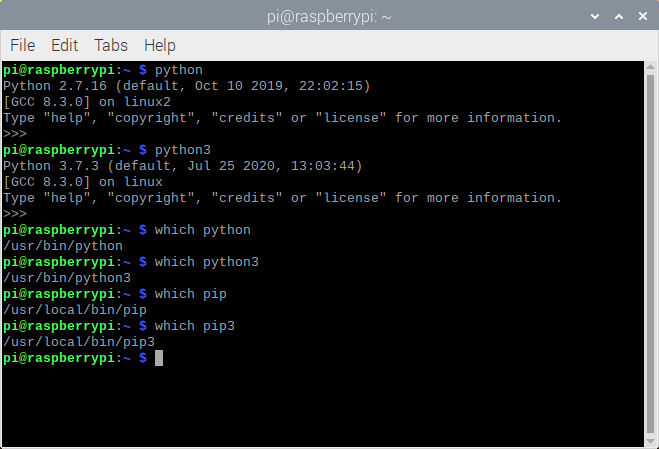


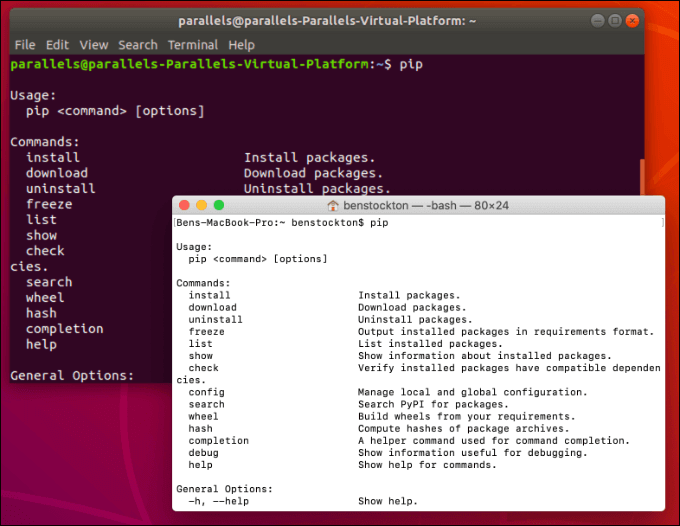







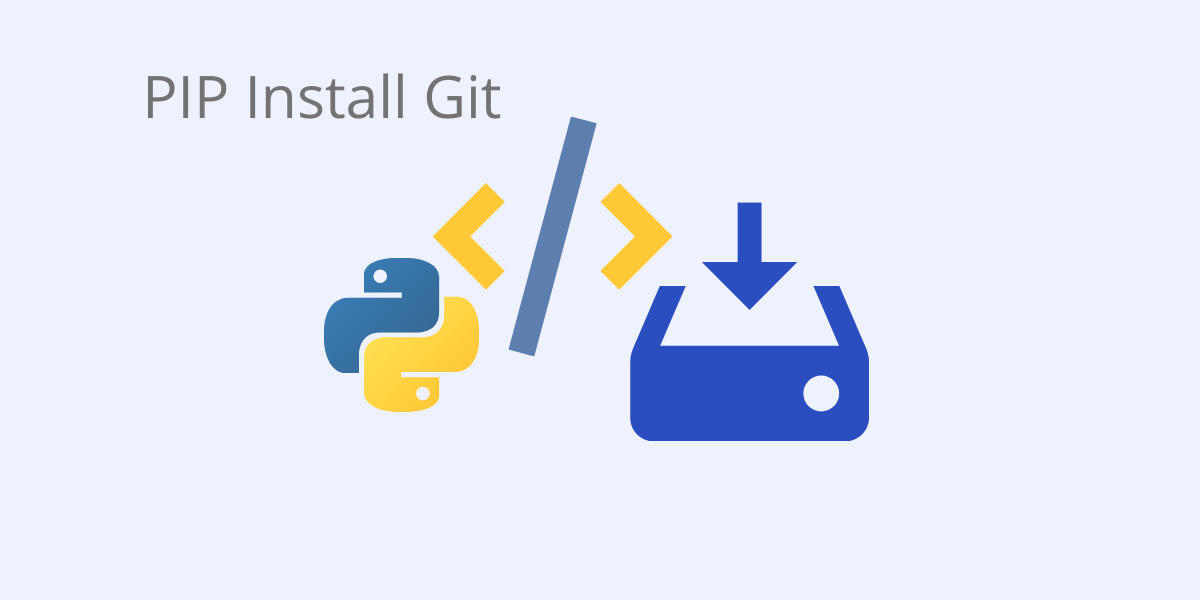
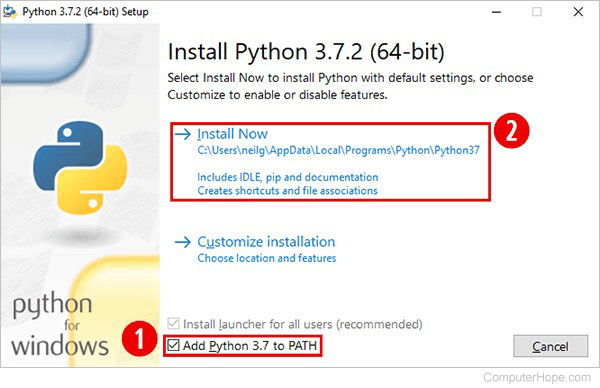





Article link: brew install python 2.7.
Learn more about the topic brew install python 2.7.
- How to reinstall python@2 from Homebrew? – Stack Overflow
- Installing Python 2.7.9 or higher on Linux – IBM
- Python 2.7 was removed from macOS in this update and how to fix it
- How to install Python 2 on Mac OS 12.3 and higher
- Can you help me resolve error with Python/Node Configuration?
- Installing Python 2 on Mac OS X
- How to install Python 2 on Mac OS 12.3 and higher
- How to install python2 in a macbook M1 with brew
- Installing Python 2.x on macOS – IBM
- Install python 2.7 on mac – Stephen Lee – Medium
- Installing/updating Python 2.7 with Homebrew – GitHub Gist
- Python – Homebrew Documentation
- Installing Python 2.7.9 on OSX – TechLibrary – Juniper Networks
See more: https://nhanvietluanvan.com/luat-hoc/